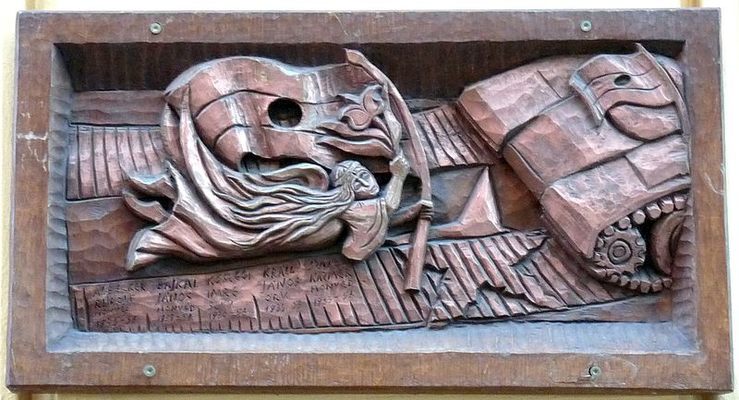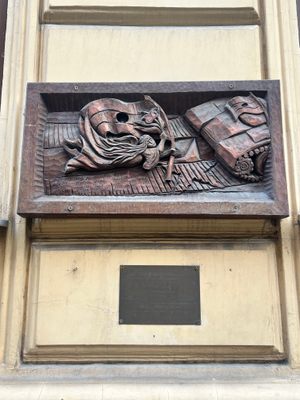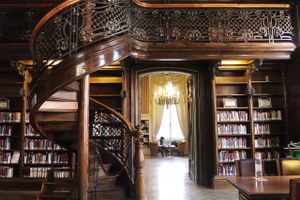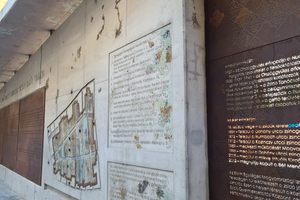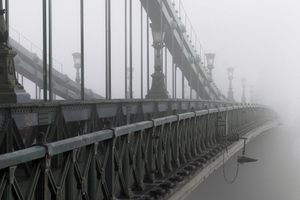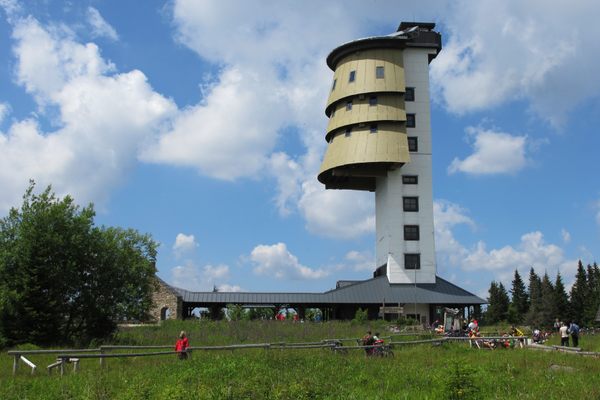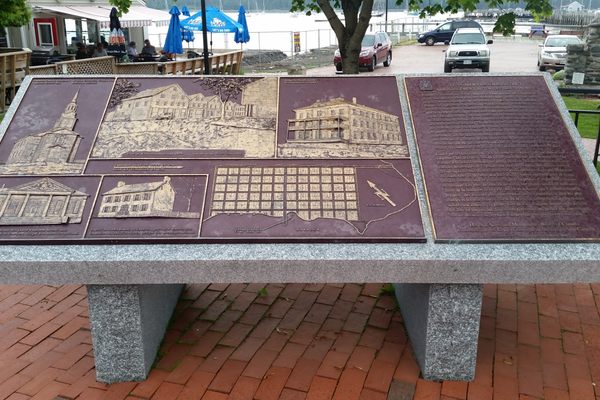About
Located along the tiny, one-way Sándor Bródy Street, Budapest’s Magyar Rádió Building (also known as Radio Budapest) is somewhat secluded from the city’s more bustling thoroughfares. In this tranquil area, casual passersby could easily be unaware of the momentous history behind the radio building.
On October the 23, 1956, massive anti-Soviet protests organized by local university students rocked the Hungarian capital. What began as a peaceful demonstration turned into an all-out revolution.
Throughout the day, thousands of protesters crammed themselves into Sándor Bródy Street, descending upon the Magyar Rádió Station. A group of students and their sympathizers were determined to broadcast their views over the airwaves, demanding Hungarian autonomy and an end to Soviet control. The crowd was excited and noisy, but peaceful.
Conflict at the radio station had been anticipated, so members of the Hungarian secret police were already stationed there, armed with machine guns and tear gas. As tensions mounted, however, the crowd of demonstrators was ultimately fired upon by trigger-happy policemen, killing three students and injuring two as they fled.
A unit of the Hungarian Army was soon called in to assist the police, but when the soldiers arrived at the radio station to see policemen attacking the unarmed protesters, many defied orders by refusing to fire upon the crowd—and instead began shooting at the secret police.
With news of the shootings at the Magyar Rádió Station, other demonstrators across the city began to take up arms, raiding ammunition depots and being directly supplied with weapons by the Hungarian Army. Soon, riots began in other Hungarian cities until the whole country was embroiled in the revolt.
After 12 days of fighting, Soviet reinforcements from Moscow ultimately crushed the uprising, in which an estimated 2,500 Hungarians died and an additional 20,000 were wounded.
Despite the destruction wreaked upon downtown Budapest over the course of the fighting, the Magyar Rádió Building still stood when the revolution ended. The building’s façade has long since been repaired and no longer bears scars from bullets. With the exception of two small, easily overlookable plaques on the exterior of the building, no evidence remains that such a violent clash ever occurred here.
Related Tags
Know Before You Go
You can walk by the building at any time.
Community Contributors
Added By
Published
January 23, 2019
Sources
- Lendvai, Paul (2008). One Day That Shook the Communist World: The 1956 Hungarian Uprising and Its Legacy. Princeton, NJ: Princeton UP.
- Sebestyen, Victor (2006). Twelve Days: Revolution 1956 : How the Hungarians Tried to Topple Their Soviet Masters. Weidenfeld & Nicolson.
- https://en.wikipedia.org/wiki/Hungarian_Revolution_of_1956

